In 2016, Jeff White explained the work of ILM on WARCRAFT. He then worked on KONG: SKULL ISLAND.
Cedric Lo began his career in visual effects in the early 2000s. He worked on many films such as TRANSFORMERS: DARK OF THE MOON, PACIFIC RIM, CAPTAIN AMERICA: CIVIL WAR and WARCRAFT.
How was this collaboration with director James Wan and VFX Supervisor Kelvin McIlwain?
Jeff White // We had a blast, I can’t count how many hours we spent in visual effects shot reviews trying to figure out how to bring this world to life. James was part of every detail of the vibrant, colorful world we were creating. “Magical” was a term he used often to describe how he wanted the audience to experience this world. Kelvin has worked with James for many years and we really valued his insight into James’ aesthetic. He was there from the beginning on this project and a great collaborator getting the shots finished.
Cedric Lo // James and Kelvin were comfortable allowing ILM to explore new ideas and present alternate options to enhance the original concept of a sequence, not all of our ideas would stick, of course, but he was always open to hearing them and excited to keep them when they did work.
What were the sequences made by ILM?
Jeff White // ILM created the opening training sequence with young Arthur, though de-aging Vulko was handled by DNEG. We also did the Journey to Atlantis, Chase through Atlantis, and Arthur and Orm fight in the Ring of Fire, the Council of Kings where Orm and Nerus are attacked, and the Final Battle from the ocean floor to when they break the ocean surface.
Cedric Lo // ILM’s scope of work consisted of mostly underwater shots. Our main sequences took place in Atlantis, from the Arrival to Atlantis sequence when our heroes first enter the lost city to the Ring of Fire sequence where Orm and Arthur face off for the first time, as well as the chase sequence as they escape Atlantis and Throne Room sequence. We also worked on the massive Underwater War sequence when the two armies face off in the climactic clash during the third act. Other sequences include the Council of the Kings when we see Orm and Nereus meet to discuss an alliance and the flashback where Arthur discovers his underwater Atlantean powers.
How did you split the work amongst the ILM offices?
Cedric Lo // We separated the work by sequences as much as possible. San Francisco completed the majority of the Karathen shots in the third act as she joins the final battle. Singapore took on the Council of the Kings sequence as well as the beginning of the final battle that took place on the ocean floor, when the Brine and Orm first engage in battle. Vancouver completed the rest of the shots.
What was your approach to shoot the actors performing underwater?
Jeff White // The actors were shot dry for wet on special tuning fork rigs designed by the FX team to convey a sense of being underwater. I’m sure it wasn’t fun for the actors to spend the day in a harness but their efforts really paid off. Even when we had to replace the body completely, we always looked to the actors performance for guidance on posing.
Can you tell us more about the filming and the creation of those shots?
Jeff White // Finding the right underwater look was part of our early development on the show. We tried various skin diffusion treatments, removing eye reflections to match underwater photography but ultimately backed off to something that looked more compelling. Similarly, we developed tools to do accurate color attenuation and light diffusion but included control curve to manipulate the physics and push out how fast the attenuation built up. Ultimately we bent the laws of physics as needed to create the magical, beautiful underwater world James was looking for. He loved color contrast, strong light and shadow, and clarity in the water so we developed an entire library of other underwater queues to help sell the effect. Particulate passes, bloom on light sources, swaying vegetation, flowing caustics, strong light rays, and lots of bubbles were all part of the aesthetic we develop to keep the underwater feel.
How did you manage the various bodies animations?
Jeff White // We needed incredibly tight match animation to pull these shots off and our layout team at ILM did an amazing job. We had custom rigs built that allowed animators to keep plates of the actors faces locked when revamping the body movement where required for swimming or additional underwater movement. Posing was incredibly important to James and our animation supervisor Cedric Lo and his team kept Arthur looking great from every angle, often referencing the great poses that Jason Momoa did on set. James has an incredible eye for anatomy and we ended up hand sculpting almost every shot to get just the right body shape for Arthur.
Cedric Lo // We knew going into this project that the character movements would be one of the more difficult challenges we would face. We wanted to ensure that the motions had an aquatic feel to help sell the illusion that the actors were underwater. We referenced a lot of videos to gain an understanding of the mechanics needed, from deep sea free divers to olympic swimmers to even having animators film themselves performing actions in a swimming pool. As important as it was to keep everything as realistic as possible, we still found that we would have to take some liberties with the timing and weight, enhancing and exaggerating movement to maintain the energy needed for the film. Having the characters move exactly as they would in real life felt a little too slow and lethargic, we came up with the approach that since the Atlanteans existed and lived underwater, their movements would be an enhanced version of what a regular human could do, simple strokes and kicks would generate a lot more force and momentum than normal. However, to try and ground the motions in reality, we would motivate any direction or velocity change with a counter movement from the limbs, as though the character was pushing against the water to create some resistance.
The movie was shot dry for wet with the actors performing on gimbal rigs to simulate underwater movement. We tried to keep as much of the original performance from the plate as possible, James Wan was very specific about his direction during principle photography and we wanted to maintain that consistency throughout the film. In some cases, we only replaced the actors’ limbs or body to enhance the feeling of being underwater, for more extreme actions or actions that they were not able to capture in camera, we would use a full CG digi double.
Motion capture was used in some situations such as certain parts of the Ring of Fire fight choreography. The data was captured by Animtrik on land and then modified by animation, removing ground contact and replacing that with aquatic movements. ILM also shot some capture on our own stage in San Francisco, our Performance Capture Supervisor, Rod Fransham built a intricate custom suspension rig for this show so that allow us to suspend our actors during the shoot. As a result, we were able to capture very detailed and accurate body physics from the actors constantly shifting center of gravity.
Can you tell us more about the hair simulations?
Jeff White // We knew underwater hair would be difficult but we were surprised at how hard it was to accomplish great looking underwater hair. We gathered hours of reference studying how hair clumps and separates, reacts to body movements, and flutters behind swimmers as they kick forward. We put significant development into our Haircraft tools to handle some of the unique challenges of long underwater hair. One of the main issues is that hair systems are built on interpolating hairs between guides, but underwater guides can go every direction which leads to really obvious parallel interpolated hair sticking out. We ended up simming far more guides than usual to make sure we could get the complexity and edge breakup needed. Getting hair to look realistic underwater was only half the challenge, it also had to look great and hair styling with physics simulations is incredibly challenging. We built libraries of pre-simulation hair styles that looked great just before the shot starts and then had a robust set of sculpting tools to manipulate the hair post simulation. James wanted big, beautiful flowing hair styles that referenced drawings from the comic books that served as our style guide. The interesting thing was that shots with lots of body movement were far easier than shots where they are just standing still.
Can you explain in detail about the creation of Atlantis?
Jeff White // Building underwater Atlantis was our biggest environment challenge on the show. The design of the city was driven by the art department, first from the production design team and then by ILM’s Art Director, Fred Palacio. James’s vision was for a beautiful city that utilized translucent materials, colorful lights, and organic materials inspired by sea creatures… AKA a rendering nightmare. ILM’s environment team designed over 200 buildings, including the signature jellyfish buildings whose movement mimics real jellyfish. Over 7000 buildings were laid out in districts covering almost 600 sq miles for the action to travel through. One of the challenges with the complex organic designs was that shots quickly became overwhelming and hard to understand. Shot by shot the city was composed for camera with a focus on negative space between the buildings and utilized atmosphere to help separate the layers and focus the eye. To bring the city to life, the environments team laid out traffic guides that the crowd team filled with hundreds ships and in every shot we had coral, sea life, and other natural materials in the shot to ground it in reality.
How did you handle the underwater lighting challenge?
Jeff White // Lighting was incredibly fun on the show, James would send us reference of stunning underwater photography to work from. There’s a strong warm/cool balance in the action sequences, particularly in the final battle where the red lava provides a nice contrast with the blue lights of the Atlantean army. We used several different caustic setups to sell scale as well as a lot of travelling light rigs to sell movement through the water. Following underwater photography, we often had neutral lights in the foreground to bring out the color and beauty of the underwater color letting the backgrounds attenuate into greens and blue. The final battle was especially great because all of the explosions and laser fire provided great interactive lighting.
Can you tell us more about the photo-luminescent lights?
Jeff White // In the story, the young Arthur learns to use his Atlantean vision to see underwater. When he does a dull, cold north atlantean sea floor is transformed into a magical bio-luminescent forest and it’s a design theme that we carried into the buildings of Atlantis. James loved bioluminescence as a lighting source and all the vegetation is ten times normal size to sell the majesty of this undiscovered world.
The Atlantis environment is full of animals and ships. How did you design and create them?
Jeff White // The ships were built off of designs from the art department and modified as needed to get them to work in 3D. The entrance to Atlantis proved to be a particular challenge. It took over 150,000 ships to fill the traffic lanes leading into Atlantis and hundreds of thousand of emissive lights on those ships proved a particular challenge to render. We filled all of the environments with a variety of real sea creatures like whales, manta rays, dolphins, and fish to bring elements grounded in the real world to these fantasy environments.
Did you receive specific indications and references for the animals and ships animations?
Jeff White // Like the buildings of Atlantis, many of the ships were modeled off organic creatures and designed to move that way. The Xebellion jellyfish and squid ships and the Fisherman Kingdom eel and whale ships were inspired by real sea life in both design and movement. The most graphic and beautiful are the Atlantean stingers who’s wings flap as they fly gracefully and glow with a bright translucent light in contrast to the dark ocean.
Cedric Lo // One of the main ideas James would reiterate to us was that he didn’t want the vehicles to feel like space ships underwater, this allowed us to introduce some aquatic elements to the movements of our ships. To help achieve that goal we referenced as much sea life as possible and took inspiration from its movements to drive our ships. The Meraship motion for example, was inspired by smaller fish like koi and herring. The side fins on the ship mimic the action of the pectoral fins, which allowed the ship to quickly turn or dart in a way that is unique to underwater creatures.
The Karathen is a massive creature. How does that affects your work and especially the animation?
Cedric Lo // Indeed, the Karathen was one of the largest creature assets I had ever worked on here at ILM, her total length was equivalent to multiple aircraft carriers lined up end to end. To put that into perspective, Aquaman was roughly the size of her iris. As with any character this size, it is always a challenge to maintain scale during animation. We wanted to keep her actions slow enough that it wouldn’t break the scale but still maintain the energy of the sequence, finding that balance was the biggest hurdle we faced.
Which creature or animal is your favorite?
Jeff White // Karathen hands down, how often do you get to build a two mile long creature that emerges from under the sea floor covered in lava that is voiced by Julie Andrews! The asset team spent months on realizing the design in 3D and then pouring over the plated skin details and iridescent quality of the surface to help sell the scale. Speed of the creature was a huge challenge, trying to keep the shots interesting and not blow the scale. One my favorite shots is Aquaman summoning all the creatures of the ocean and watching a waterfall of whales, sharks, turtles, manta rays, and fish pour over the top of the Karathen. How often do you get to do a shot like that!
How did you enhance your FX pipeline for this show?
Jeff White // The FX team had a huge job on this show. Not only did we have to rebuild our entire pyro library to look right underwater, we had to make them look unique to each race. The Ring of Fire fight between Orm and Arthur required a effect we called “boba time” that resulted from the cavitation of the tridents moving through the water. We also developed looks for Mera’s magic underwater, various explosions and the signature laser beams with bubble trails. James had a brilliant idea to have these beautiful long bubble trails in the final battle, which don’t disperse because they form these amazing geometric patterns. They also helped reinforce the perspective of the shot which was helpful in the vast underwater environment.
Which sequence or shot was the most complicated to create and why?
Jeff White // The Final Battle featured Atlantis, Xebel, and Fisherman kingdom squaring off against the Brine and later Trench and Arthur’s sealife. It was by far our most complicated sequence on the show. Each shot is rich with elements, layering together complex crowd choreography, explosions, lava, hundreds of volumetric lights, and thousands of lasers all while trying to make sure the action is clear to the viewer in each shot. James had two long take shots in the battle following the action from one event to the next. Both were about 30 seconds long and required detailed choreography from the animation team.
Is there something specific that gives you some really short nights?
Jeff White // Long flowing underwater hair.
What is your favorite shot or sequence?
Jeff White // The excitement of the final battle is amazing but a smaller sequence that flies by features young Arthur swimming through the water with dolphins. It’s a perfect blend of a great live action plate where the special FX team rigged up the real young Arthur in a pool combined with CG dolphins, water sim, and environment.
What is your best memory on this show?
Jeff White // For all of the beautiful hair sims that are in the movie, there are hundreds more that went pretty wrong. We’ve got quite a collection of bad CG hair days. I can’t say enough about how incredible the artists, supervision, and production teams were at ILM to pull off a movie of this scope. I feel very lucky to work here.
How long have you worked on this show?
Cedric Lo // In total, I was on AQUAMAN for around a year and a half, our work began on the original Comicon trailer back in May 2017.
What was the size of your team?
Cedric Lo // At its peak, the animation team was upwards of 50 artists between all the ILM facilities.
What’s the VFX shots count?
Jeff White // 670 shots for ILM.
What was the size of your team?
Jeff White // We had several hundred world-wide. Additionally, on the show we had Tim Alexander, Philippe Rebours, and Alex Prichard as VFX Supervisors. Cedric Lo was ILM’s overall animation supervisor with KimHuat Ooi supervising animation in Singapore.
A big thanks for your time.
WANT TO KNOW MORE?
Industrial Light & Magic: Dedicated page about AQUAMAN on ILM website.
© Vincent Frei – The Art of VFX – 2019


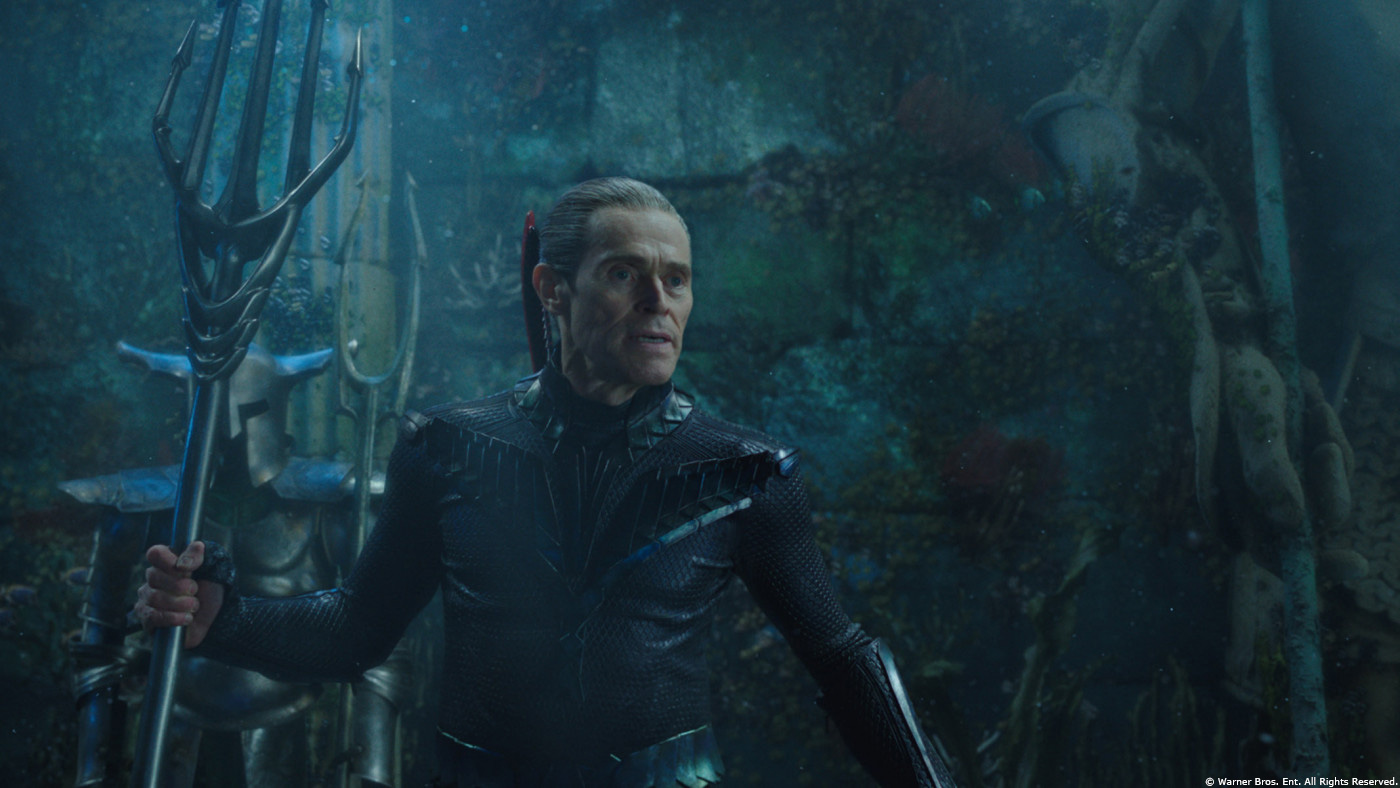
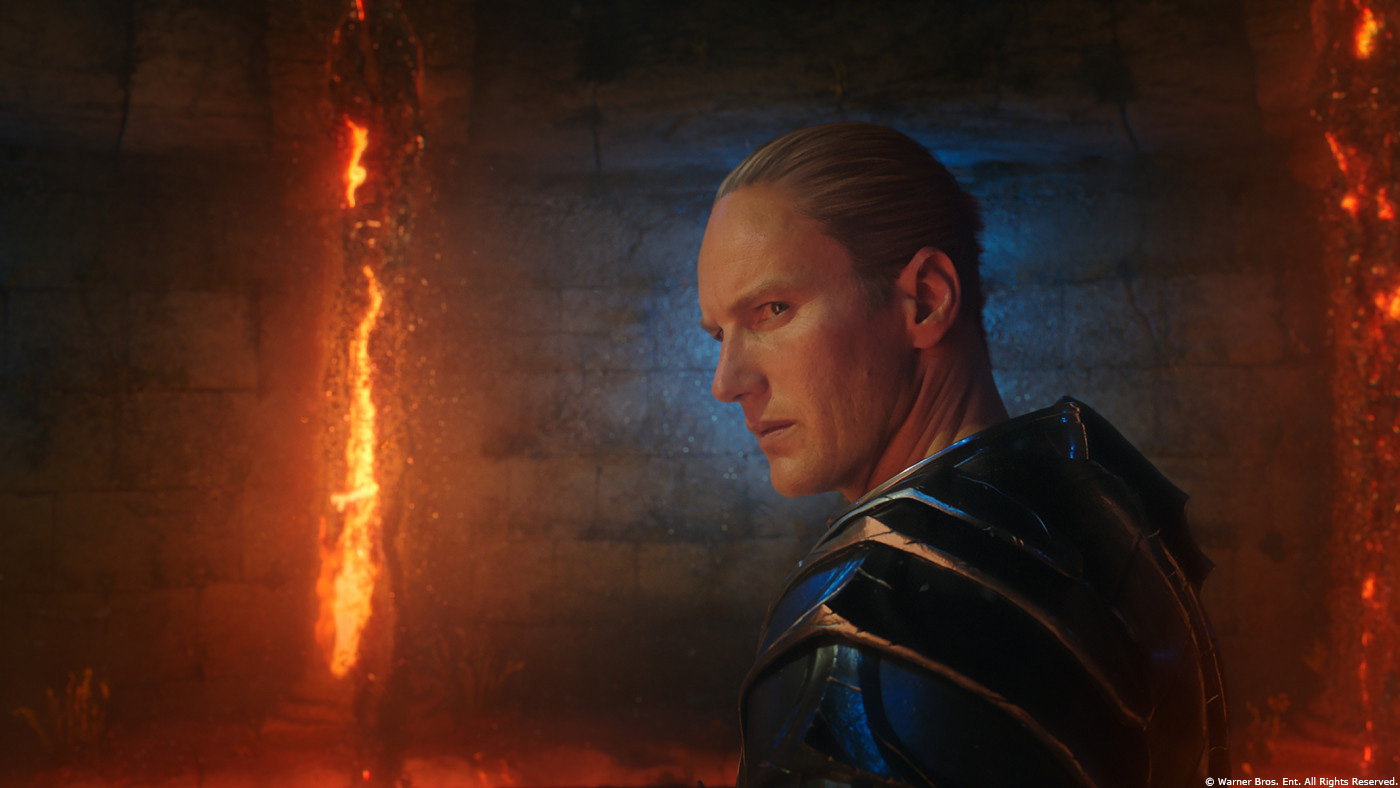
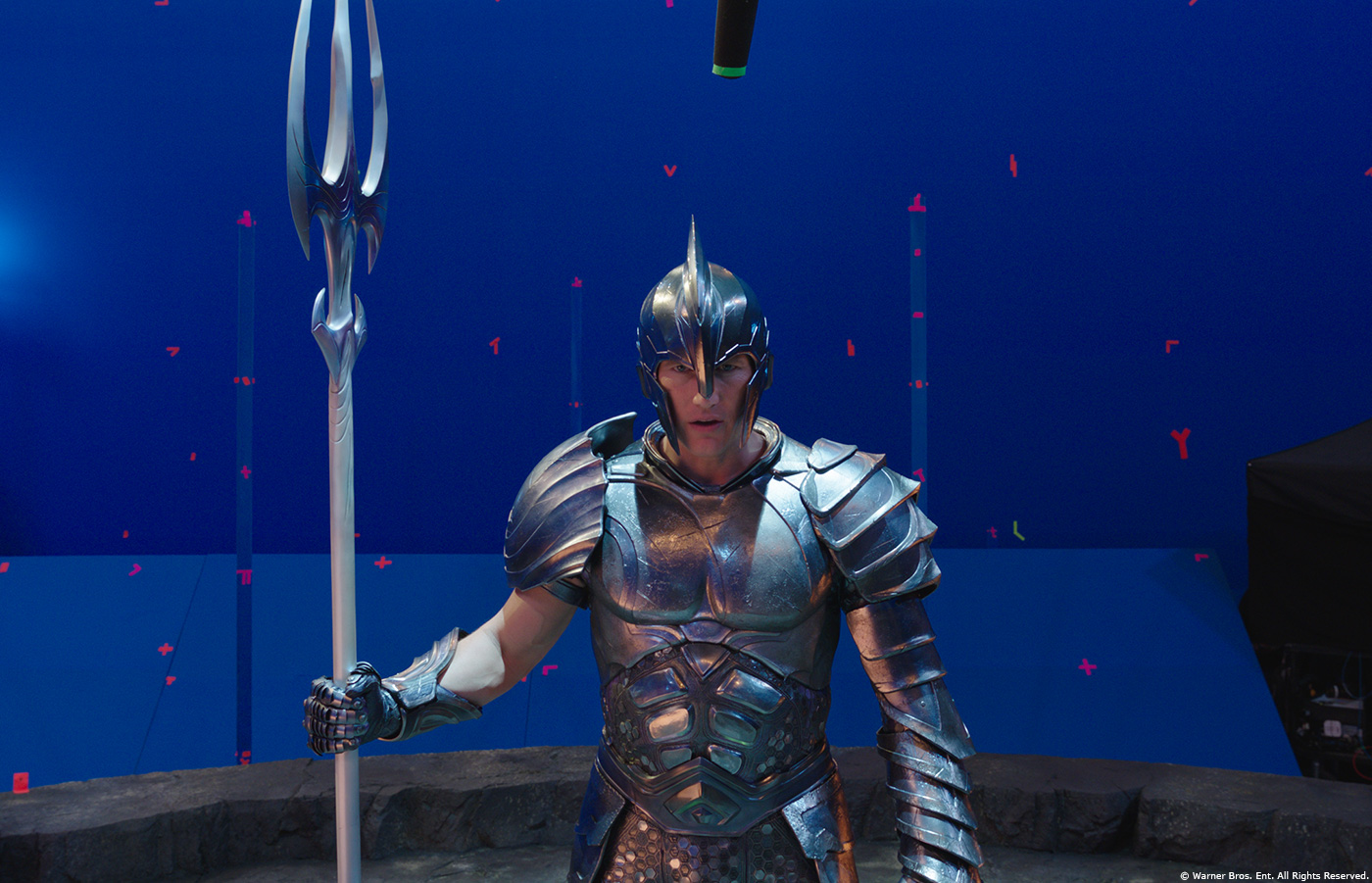
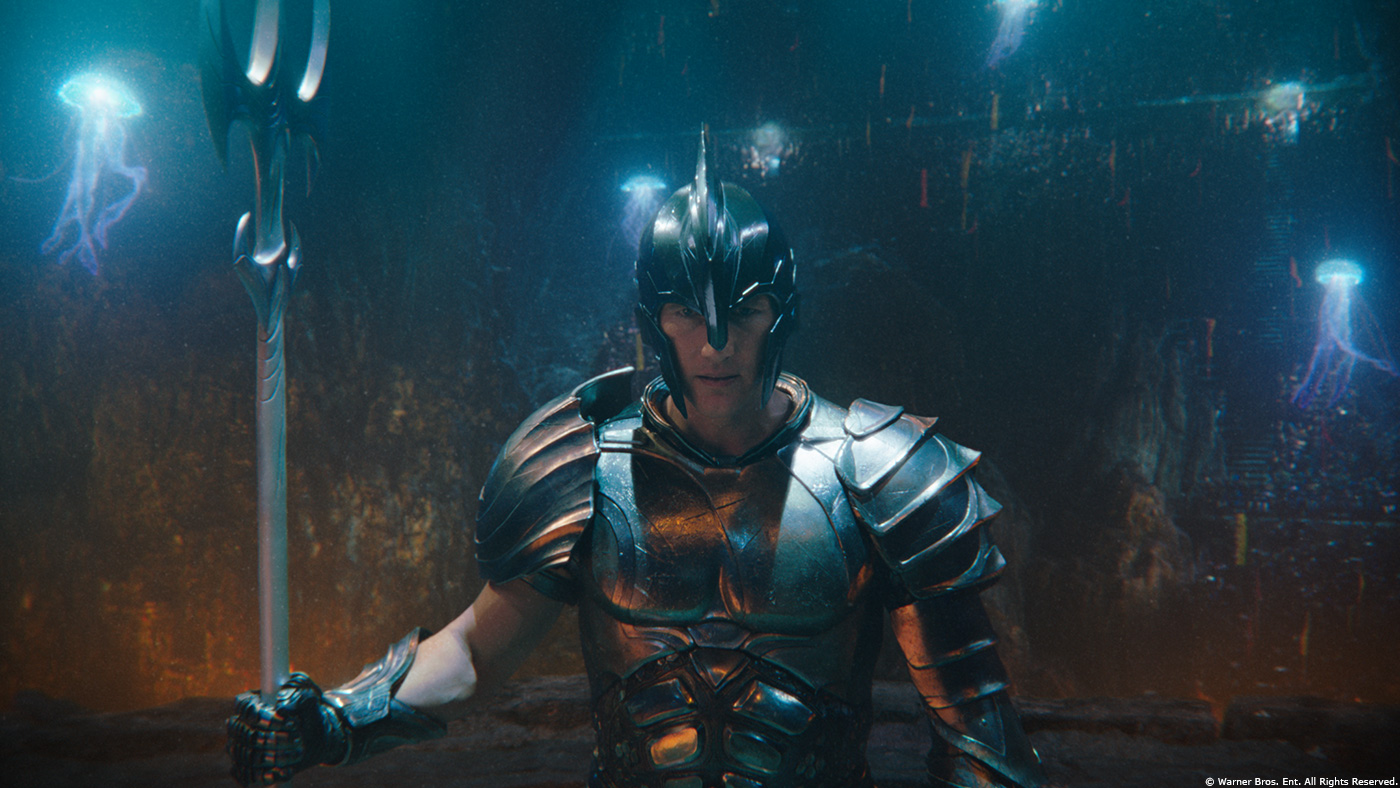
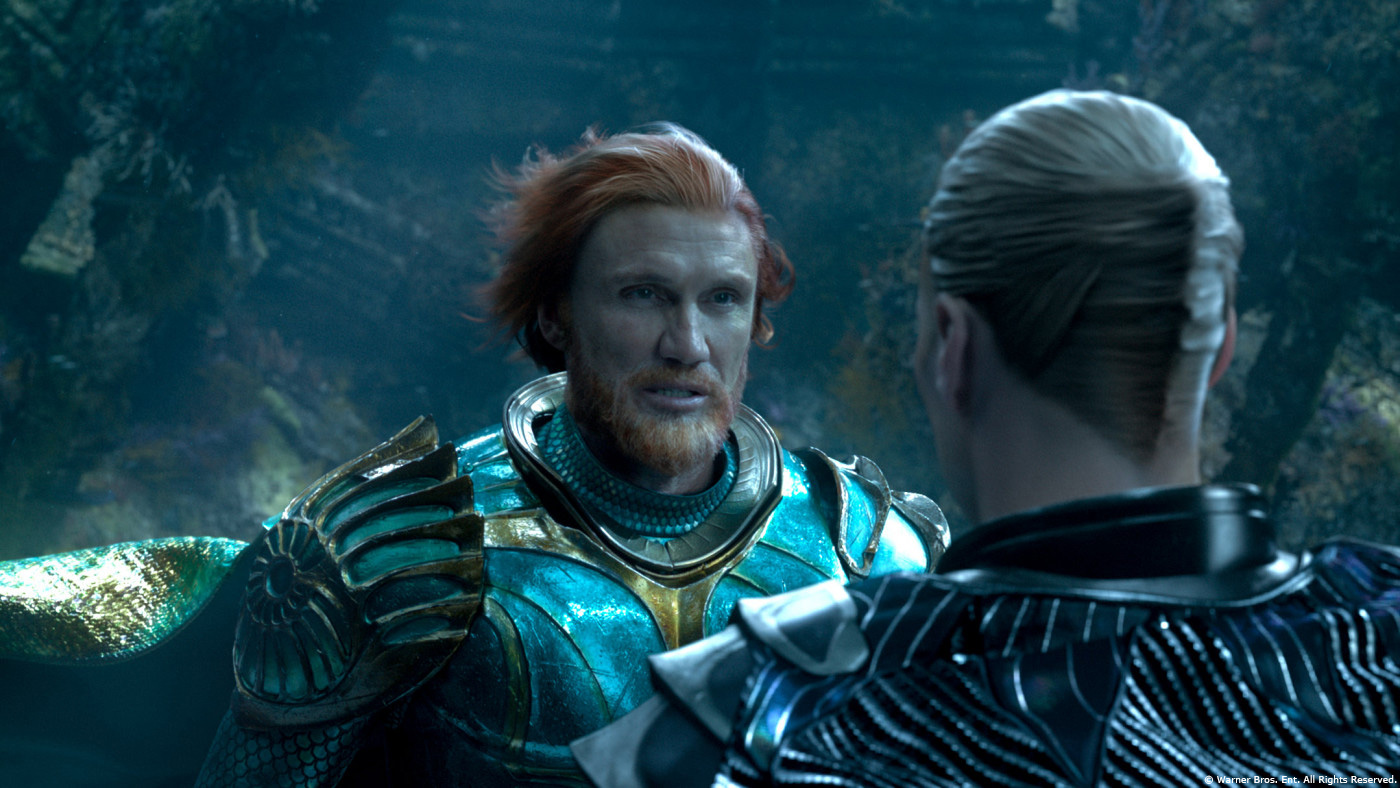
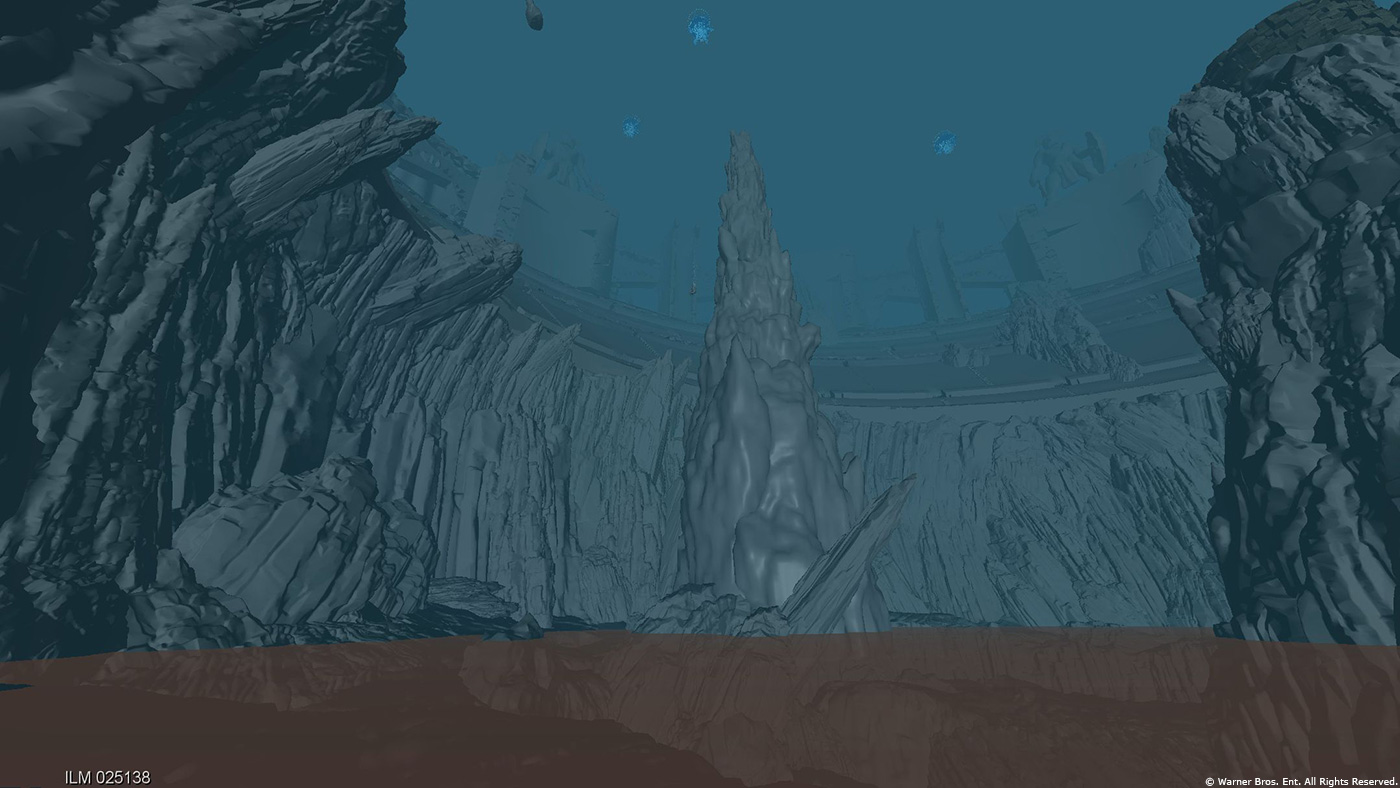
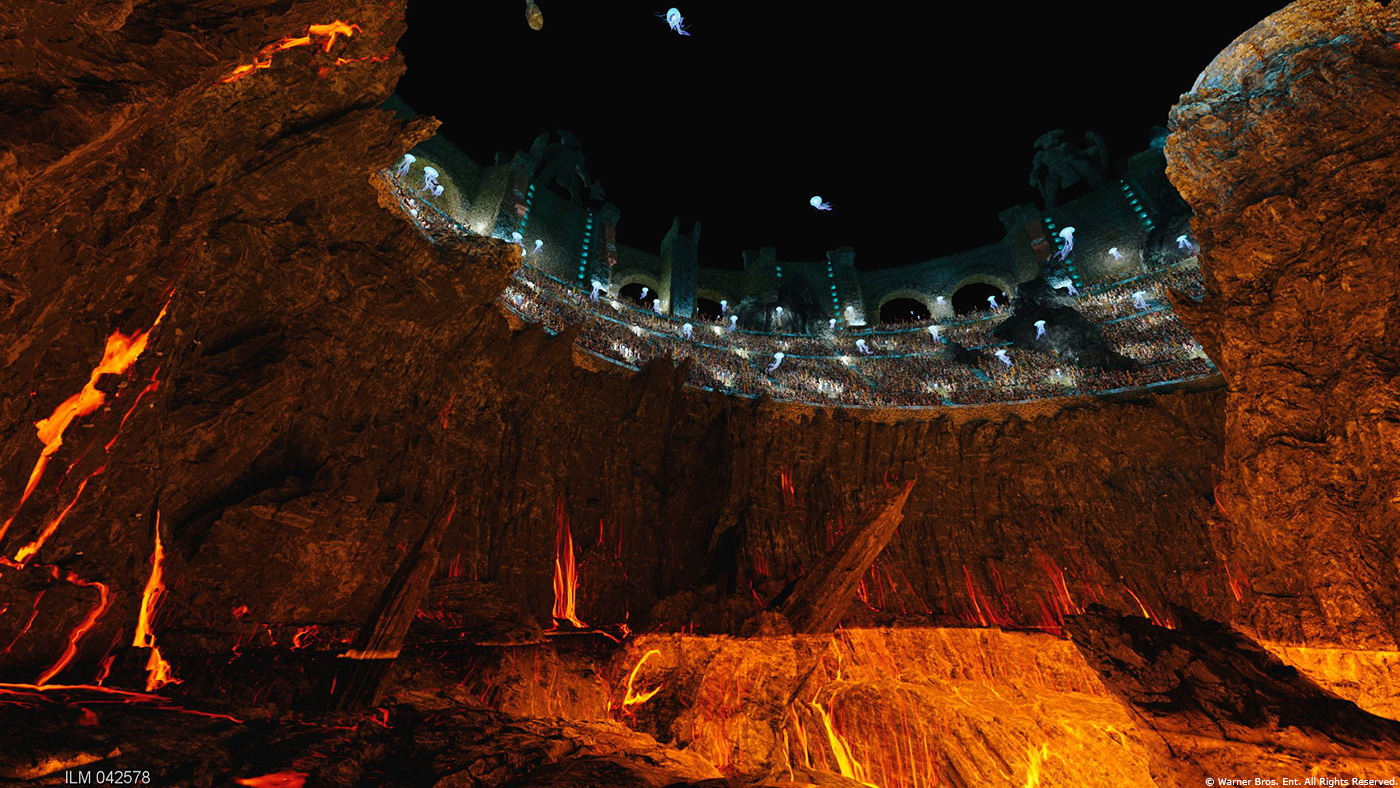
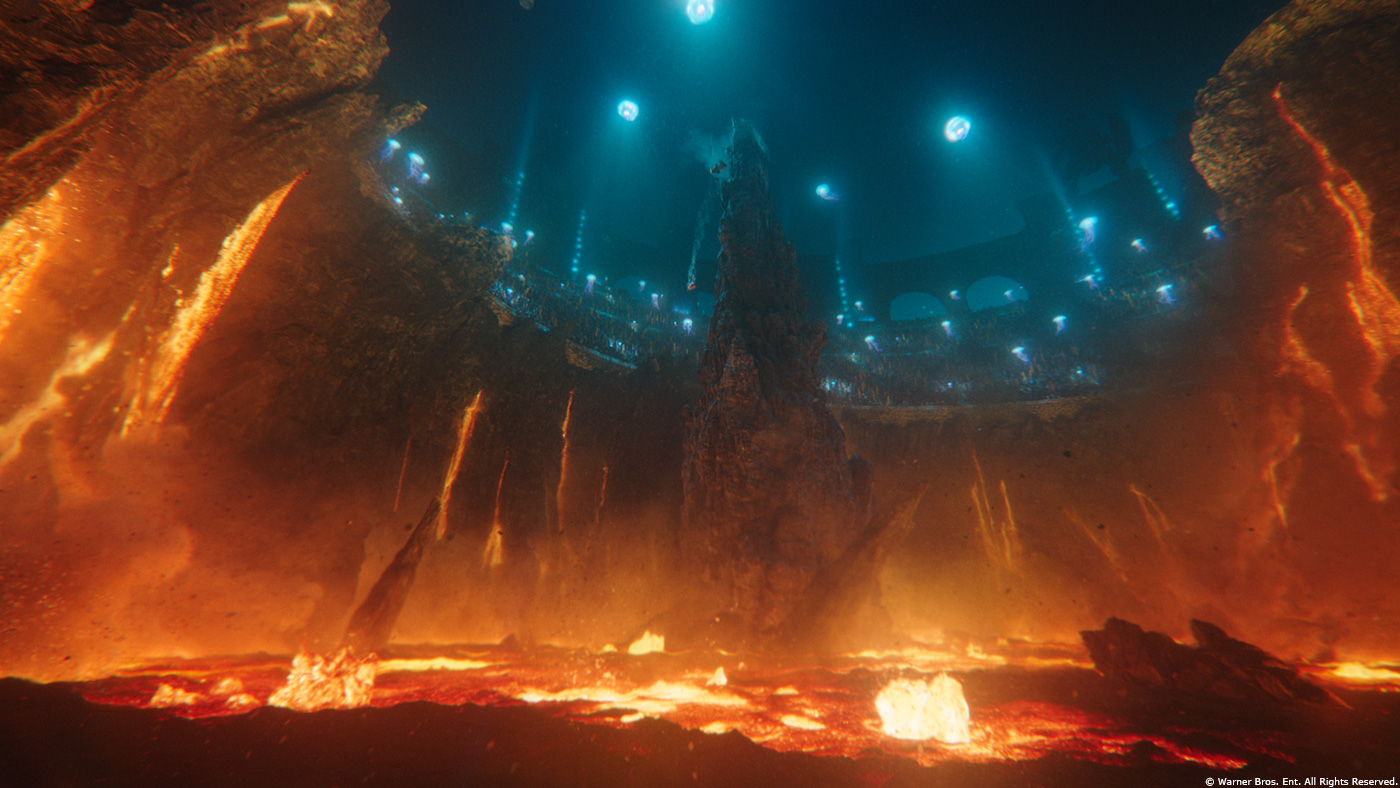
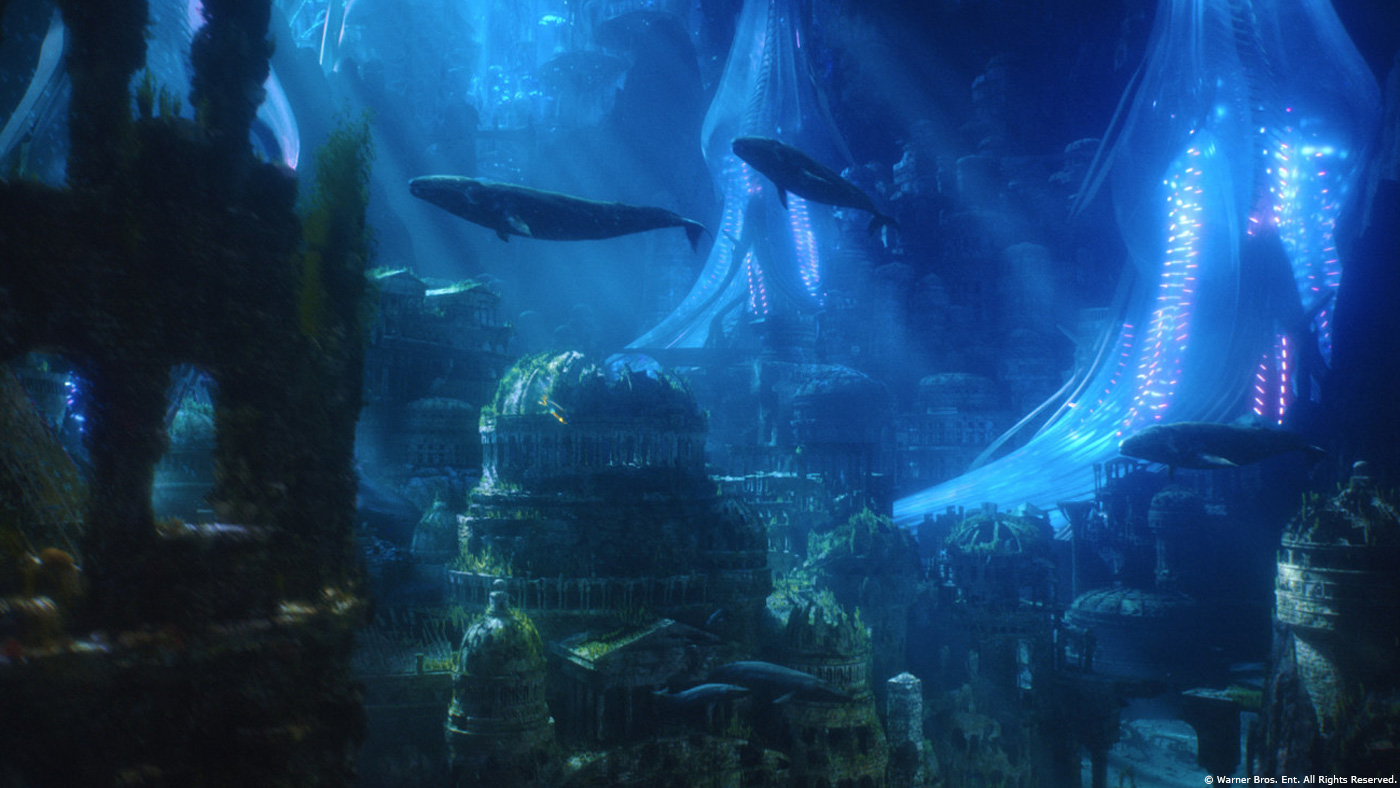
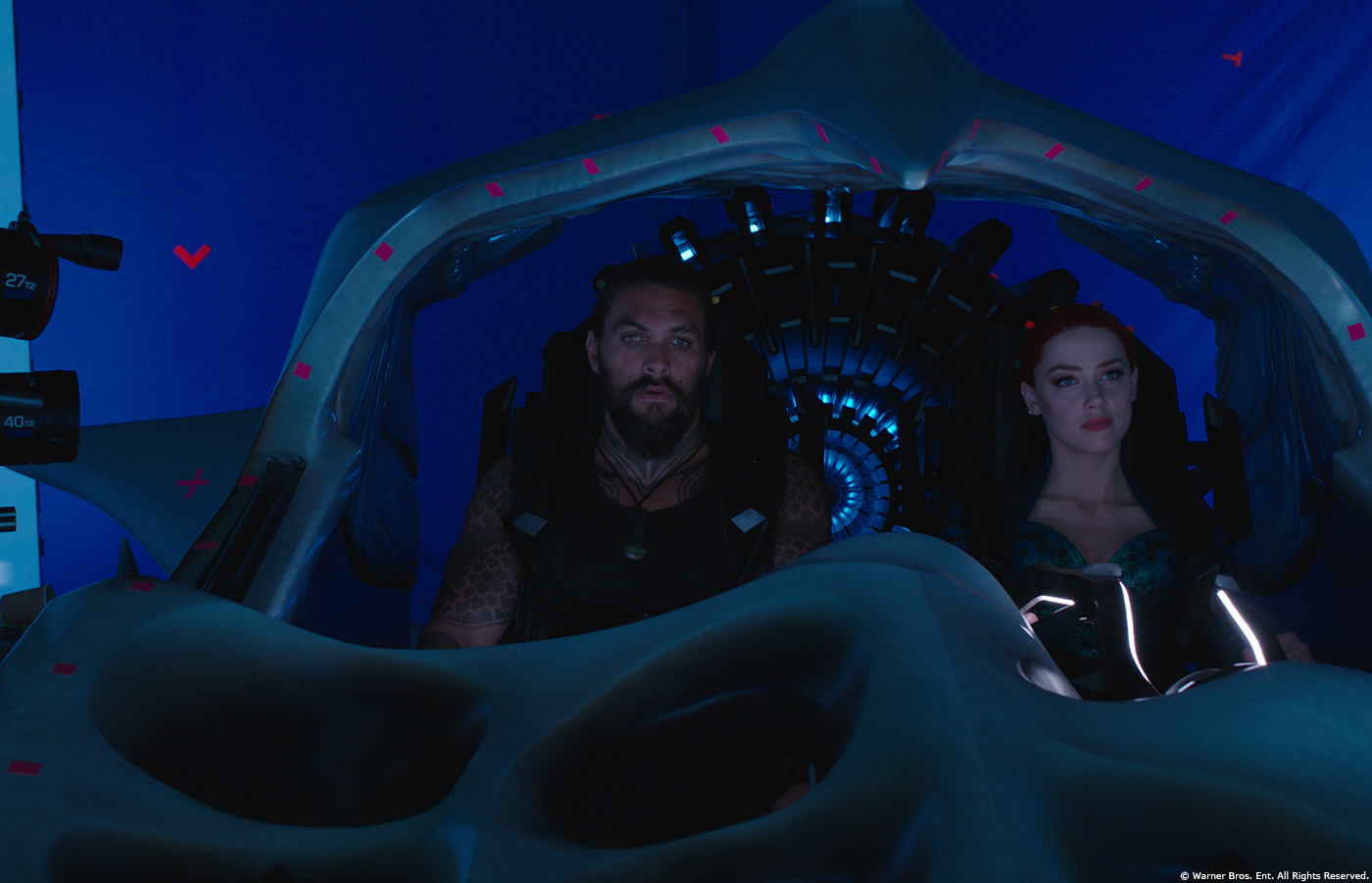
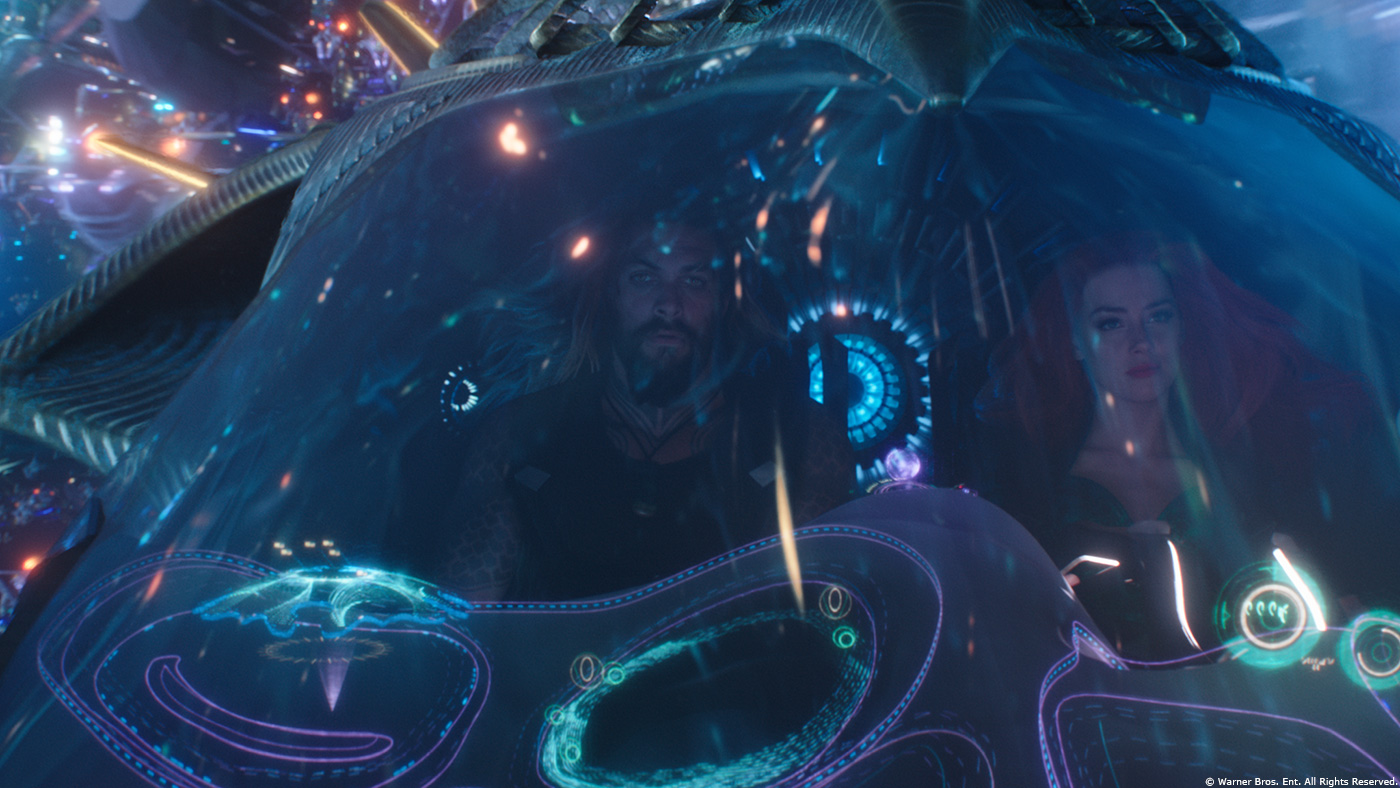
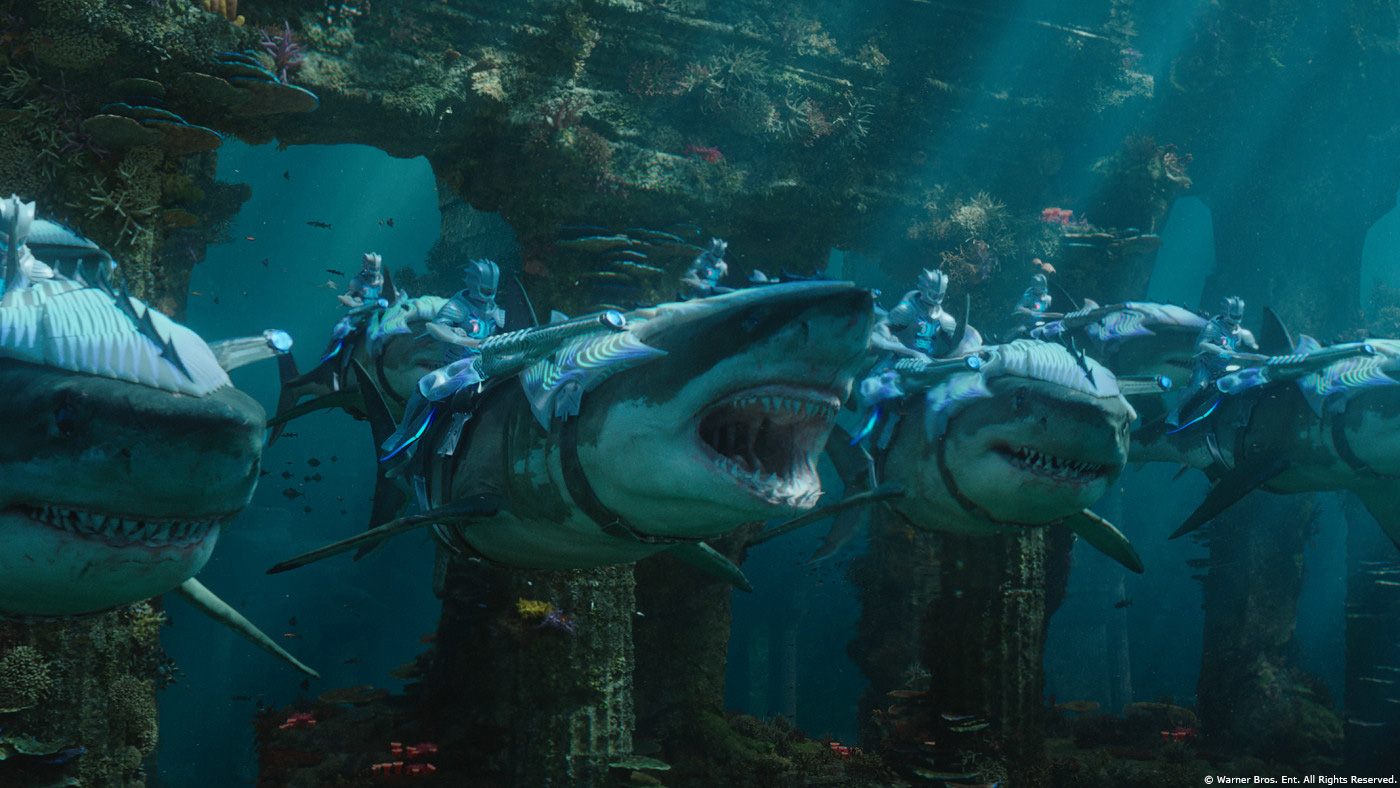
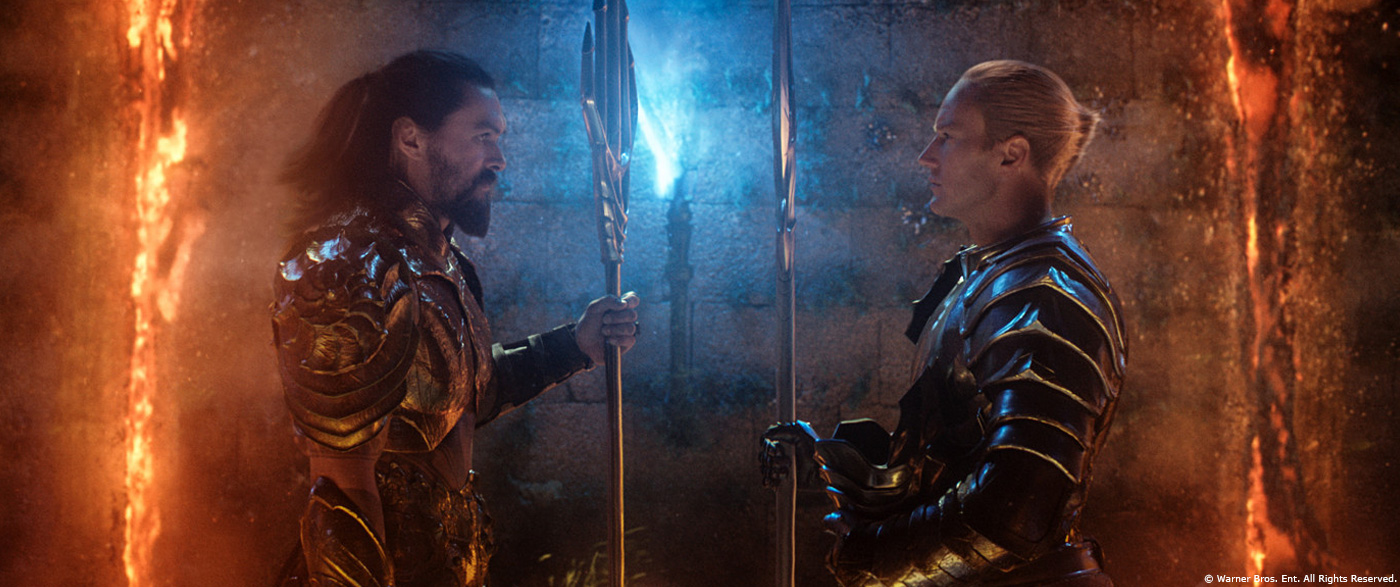



Great Articles, Thank you for sharing. This is very helpful to me…